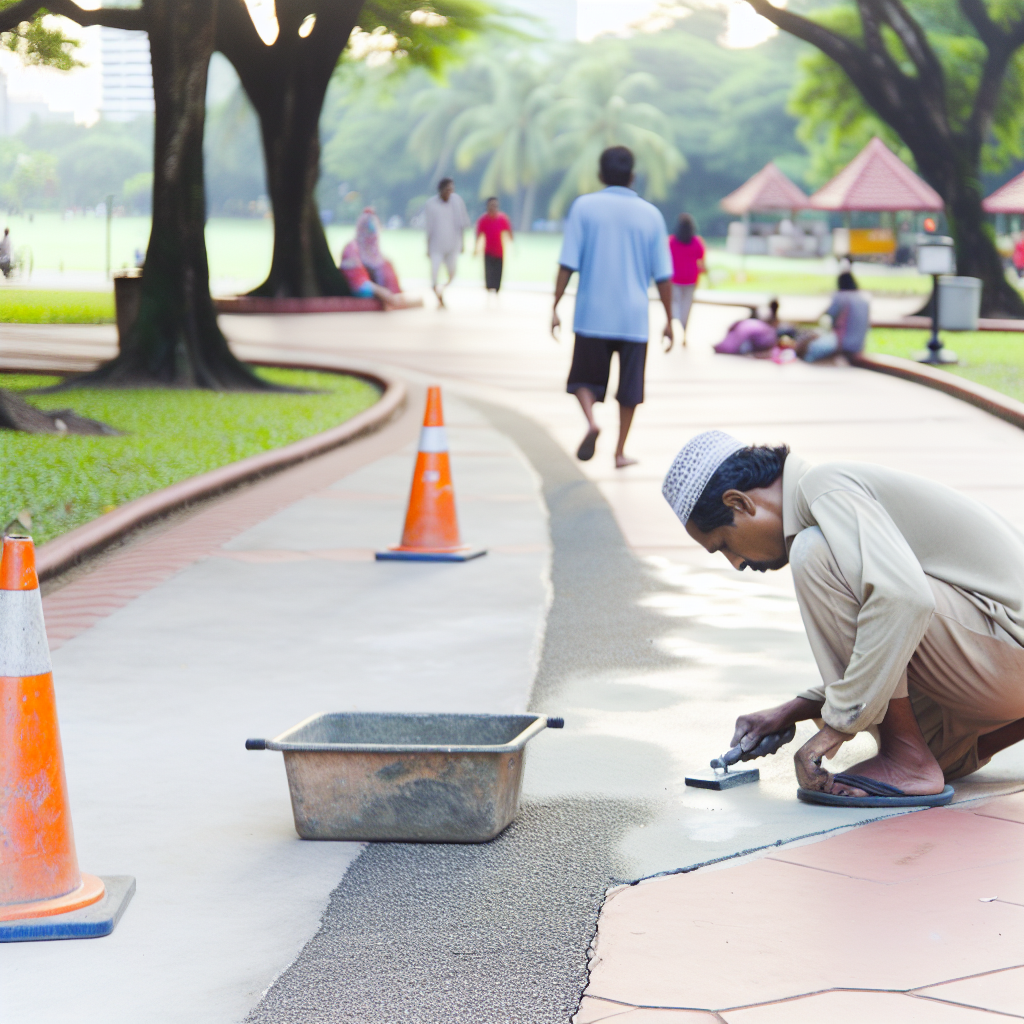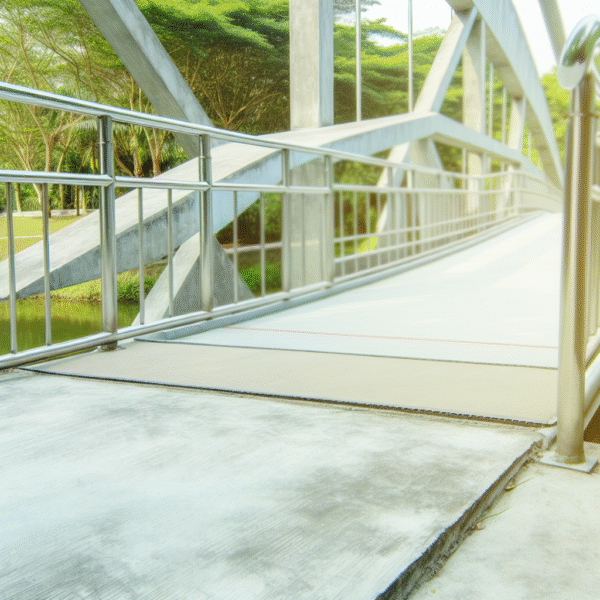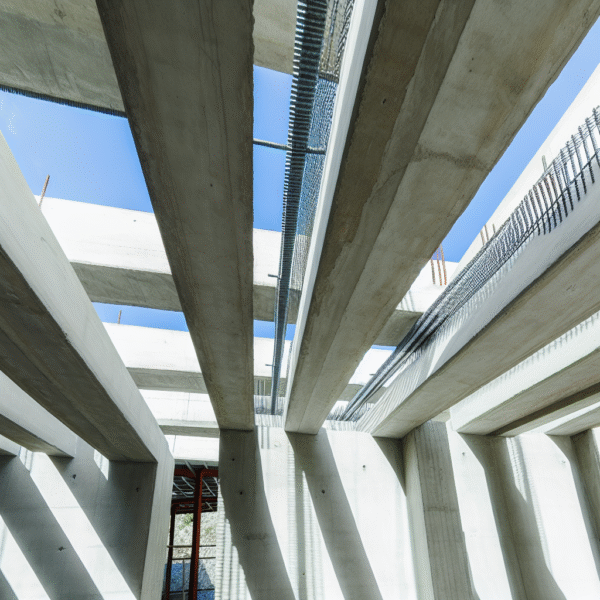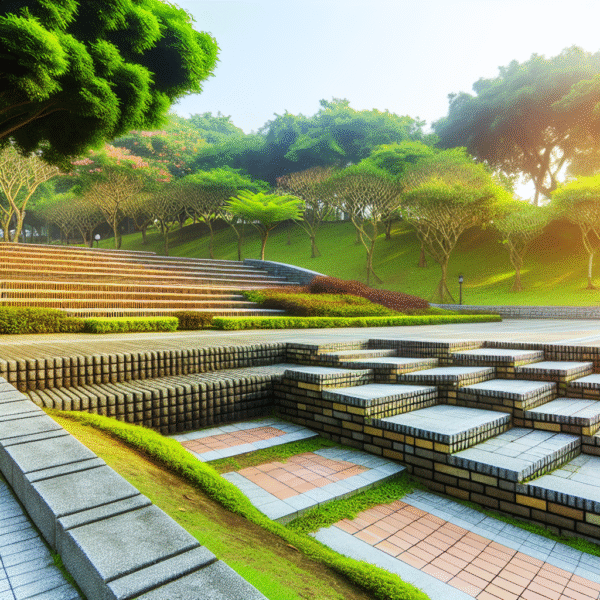The Importance of Concrete Repair and Maintenance for Travelers
Concrete Repair and Maintenance plays a vital role in shaping safe, enjoyable travel experiences. Whether you’re strolling the sun-dappled lanes of Charleston’s Historic District or hiking rugged Colorado Springs terrain, your journey depends on the strength and support of well-maintained concrete. For families on vacation, solo explorers, and cultural enthusiasts alike, safety and accessibility often come down to one hidden element — concrete infrastructure that works seamlessly beneath your feet.
As cities and parks face increased wear from age and climate shifts, proactive concrete repair has become essential. This behind-the-scenes work keeps bridges secure, trails navigable, and historic paths preserved. From Boston’s Freedom Trail to Sedona’s high-desert bike loops, understanding how Concrete Repair and Maintenance supports your travel adventure enhances both safety and appreciation.
Outdoor Destinations Transformed by Concrete Care
Consider the Santa Monica Pier. Exposed daily to salt air, ocean spray, and thousands of feet, it endures constant stress. To counteract this, the city applies marine-grade sealants and routinely checks for cracks or exposed rebar. Without consistent Concrete Repair and Maintenance, this iconic site could suffer closures or structural risks.
Meanwhile, Mill Ruins Park in Minneapolis showcases restored industrial history along the Mississippi River. Preservation crews reinforce walking paths with high-durability mixes, ensuring guests can admire ruins up close without danger. These efforts combine history with accessibility.
In Montana’s Glacier National Park, the Apgar Bike Path offers pristine alpine views. However, without seasonal sealing and freeze-resistant patching, harsh winters would quickly degrade the trail. Thanks to strategic maintenance, families can cycle its scenic stretch year-round.
Historical Landmarks Preserved Through Structural Care
In heritage hotspots, Concrete Repair and Maintenance isn’t just about safety — it’s about preservation. In Charleston’s cobblestone alleys, crews perform polyurethane concrete lifting beneath vintage stones. This lifts sagging surfaces while keeping the old-world charm tourists love intact.
In New Orleans’ vibrant French Quarter, customized concrete fixes are routine. Emergency teams use quick-setting formulas near historic buildings to minimize closures. These solutions protect both heritage and foot traffic, helping travelers enjoy every corner safely and seamlessly.
Pro tip: When you see signage for sidewalk repairs in cultural zones, pause and appreciate the effort. These quick detours often reflect complex preservation work that safeguards the soul of historic districts.
Adventure Trails Anchored by Strong Foundations
Thrill-seekers often encounter high-altitude trails, bridges, and lookout platforms — all requiring high-performance support. At Zion National Park’s Angel’s Landing, reinforced anchor points and durable concrete grouting guarantee climbers the security they need. This maintenance happens consistently, even if visitors never notice it.
In New York City, the High Line demonstrates how Concrete Repair and Maintenance can transform old structures. Converted from a rail spur to a lush linear park, its success lies in fiber-reinforced polymer (FRP) wrappings and concealed concrete reinforcement. These preserve both safety and aesthetics for the millions who visit each year.
Further north in Seattle’s Discovery Park, temperature swings demand flexible materials for concrete paths. Freeze-thaw cycles cause misalignment, so crews use jointed composites and rapid-hardening mixes to smooth out hazards. Cyclists and runners benefit from surfaces built for speed and stability.
Concrete Reliability in Family-Friendly Destinations
Parents understand how crucial smooth walkways are. At San Diego’s Balboa Park — home to museums, playgrounds, and gardens — officials rely on motion-triggered sensors to identify wear patterns. Targeted repairs near popular spots like the Natural History Museum keep the walkways safe for children and strollers alike.
In Atlanta’s Centennial Olympic Park, scientists use heat maps to monitor which areas endure the most sunshine and UV damage. These slabs receive special UV-resistant sealants twice a year to prevent cracks. As a result, families can stroll without stumbling — even during the busiest events.
Visiting Portland’s Japanese Garden is like walking through a tranquil painting. Yet beneath those picturesque paths is advanced concrete resurfacing. The garden’s use of microtopping retains the look of hand-carved stone while ensuring safety and wheelchair compatibility. Subtle upkeep supports universal access — one Zen step at a time.
How to Spot Well-Maintained Concrete on Your Travels
Being maintenance-aware helps you stay safe and informed — and even sparks teachable travel moments. Here are simple ways to tell whether a destination prioritizes Concrete Repair and Maintenance:
- Scan expansion joints: Clean, flexible joints show the concrete can handle movement. Cracked or weed-filled seams signal potential trouble.
- Notice the patches: Repairs should blend seamlessly. Uneven patches or sharp edges could be a tripping hazard.
- Talk to park staff: Rangers and grounds crews often know the last maintenance dates — especially useful in remote areas.
- Use local apps: Apps from cities like Denver or Austin display sidewalks under repair. Smart travelers check these before departure.
Bonus idea: Turn these observations into teachable lessons for younger explorers about infrastructure, engineering, and care for public spaces.
Experiences Rest on the Foundations We Don’t See
From Oaxaca’s ancient plazas to Boston’s bustling riverfront paths, every journey rests on unseen effort. Concrete Repair and Maintenance gives every sidewalk stretch, bridge span, and bike path the strength to carry us forward. It’s not glamorous, but it’s indispensable — preserving both the places we cherish and the freedom to explore them safely.
The next time you see workers restoring a path or sealing a surface at sunrise, take a second to acknowledge their impact. Their work carries strollers, boots, bicycles, and stories — one carefully crafted slab at a time.




